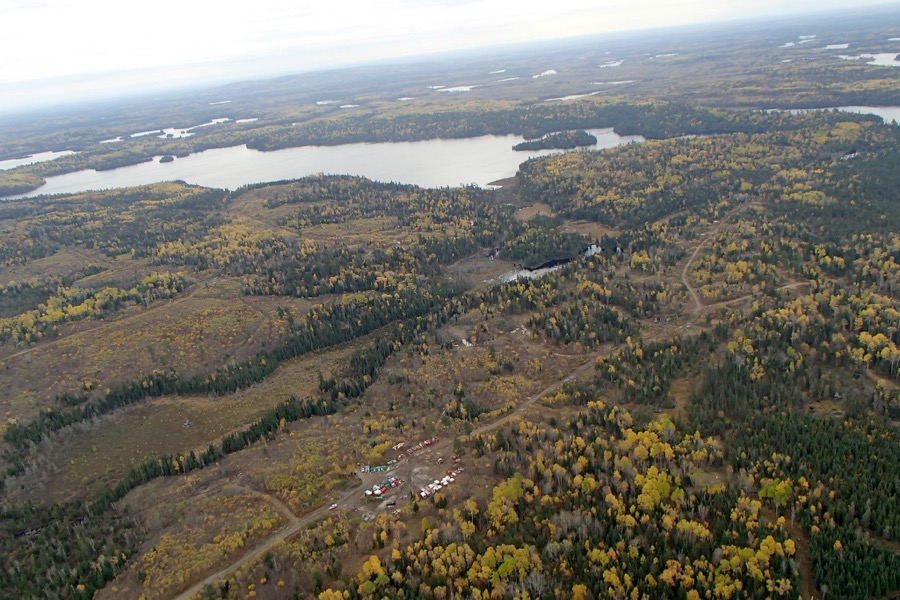
The World Gold Council (WGC) on Wednesday released its ‘Gold and Climate Change: Current and future impacts’ report, which aims to provide investors and industry stakeholders with greater clarity around both gold’s emission profile and the role that gold can play as a climate risk mitigation asset in long-term investment strategies.
Building on the WGC’s initial work in 2018, the new report offers a more comprehensive overview of the current status of gold’s climate impact and how the sector — gold mining in particular — might decarbonize, in line with the objectives of the Paris Agreement. It also examines how gold’s role as an investment asset might be affected by climate-related physical and transition risks in comparison to other mainstream investments.
“The global challenge of transitioning to a negative carbon footprint poses a massive challenge but also opportunity and will reshape the value of assets and companies across sectors of the global economy”
Dr. Ben Caldecott, Director of the Oxford Sustainable Finance Program
“We recognize that climate change imposes very substantial risks to the global economy. This new research demonstrates that gold has an important role to play in supporting the transition to a lower-carbon economy through decarbonization efforts and as investors look for resilient assets in their portfolios, which are less likely to be negatively impacted by the physical and transition risks associated with climate change,” Terry Heymann, WGC CFO stated.
The report suggests that revised estimates of the emissions associated with both gold production and consumption represent a more accurate and comprehensive understanding of gold’s greenhouse gas (GHG) intensity and carbon footprint, broadly validating the WGC’s work last year. The findings also confirm gold’s downstream uses – as jewelry, bullion and in electronic products – have little material impact on gold’s overall carbon footprint.
Another key finding is that there exists substantial opportunities for the gold supply chain to decarbonize. The WGC believes the current primary source of GHG emissions – specifically energy and fuel use in gold mine production – can transition towards a net zero pathway in a practical and cost-effective manner.
As an asset, gold’s risk-return profile is likely to be relatively robust in the context of climate-related physical and transition risks, particularly in comparison to the vulnerability of many other mainstream assets. Heightened market volatility and uncertainty from climate-related risks are likely to be supportive of further investment demand for gold, the WGC asserts.

According to Dr. Ben Caldecott, director of the Oxford Sustainable Finance Program and an associate professor at the University of Oxford, investors all over the world have become “increasingly aware of their portfolios’ environmental footprints.”
He went on to point out that the global challenge of transitioning to a negative carbon footprint poses a massive challenge but also opportunity, and will “reshape the value of assets and companies across sectors of the global economy.”
“This new report by the World Gold Council maps out the key questions the gold industry needs to address now in order to achieve net zero but it also looks at gold playing a part of the solution,” Caldecott added.